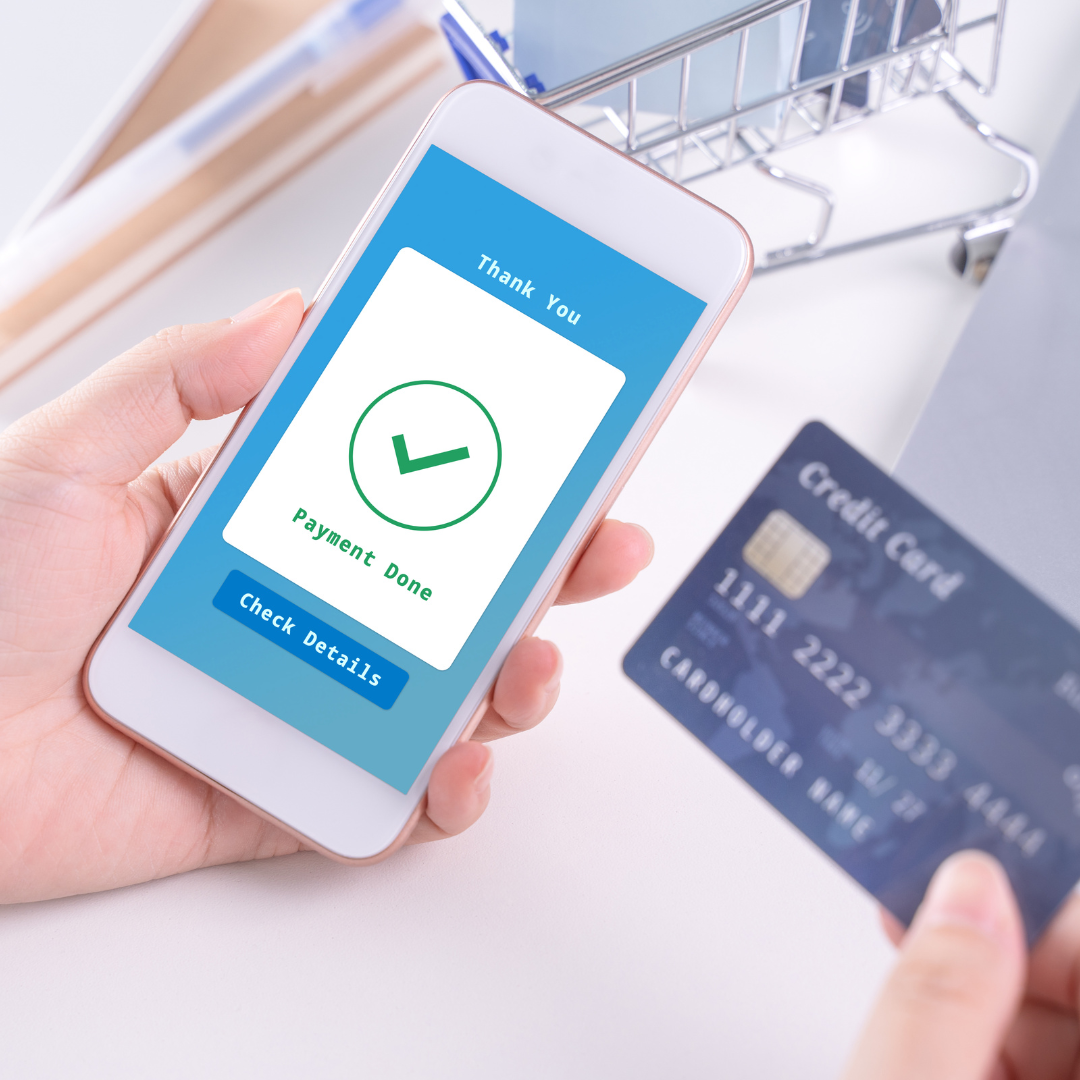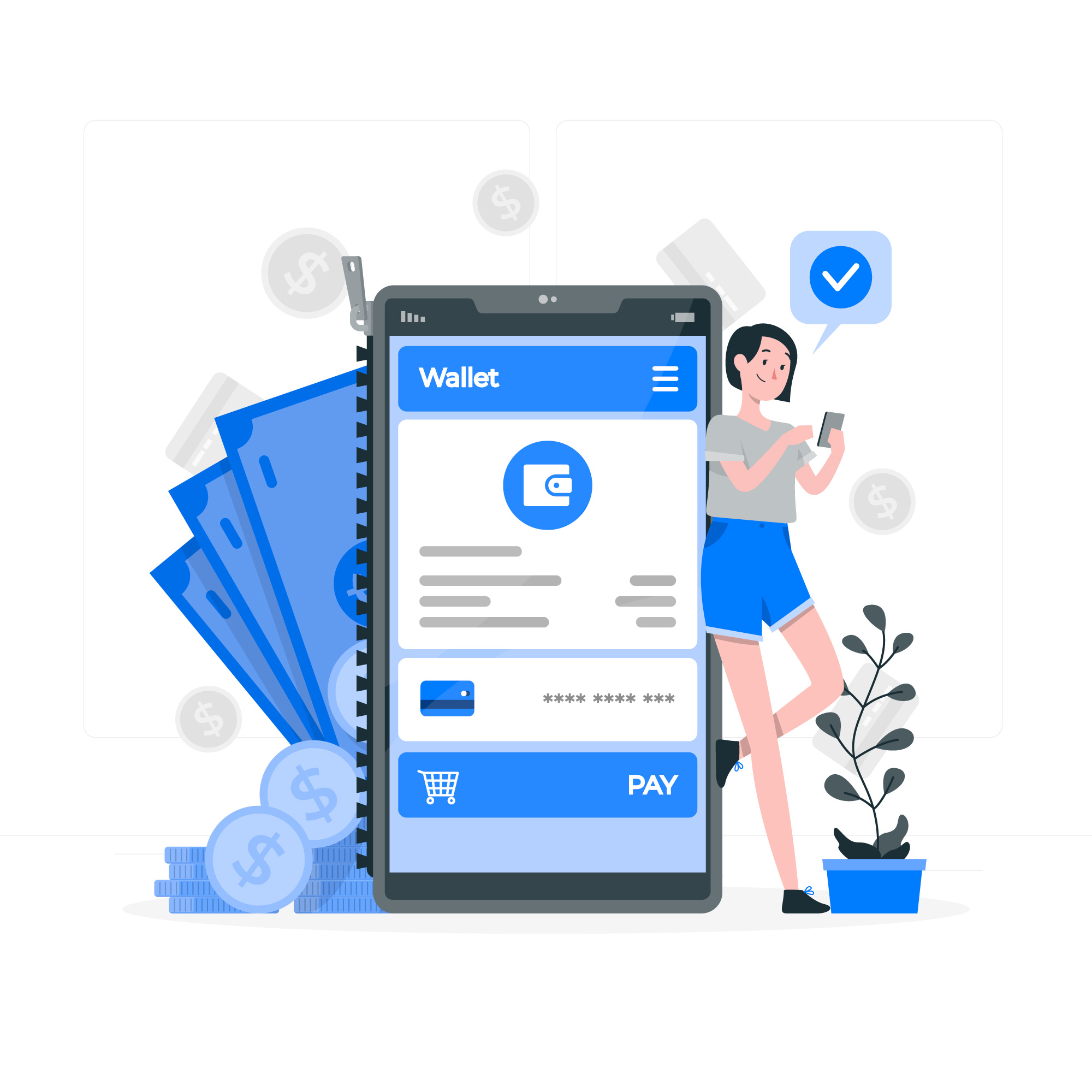In today’s digital age, where online transactions rule the business landscape, having a dependable payment gateway is critical for companies of all sizes. A payment gateway serves as a link between a customer’s bank account and the merchant’s website, enabling secure transactions. While its significance may not be obvious at first glance, digging deeper reveals how critical payment gateways are for ensuring smooth operations and fostering customer trust.
Streamlining Transactions
First and foremost, payment gateways improve the overall payment process. They enable customers to make purchases without the inconvenience of dealing with physical cash or complex manual transactions. Customers can complete their purchases in just a few clicks, resulting in higher conversion rates and a better user experience.
Security and Trust
Security is essential in any online transaction. Payment gateways use encryption and other security measures to protect sensitive financial information during the payment process. This not only protects customers’ data, but also builds trust in the company, encouraging repeat purchases and cultivating long-term relationships.
Global Reach
Businesses are no longer limited by geographical boundaries thanks to the internet. However, catering to a global audience necessitates the ability to accept payments from multiple countries and currencies. Payment gateways support multiple currencies and allow businesses to accept payments from customers all over the world, paving the way for new growth and expansion opportunities.
Integration and Scalability
Payment gateways are designed to work seamlessly with a variety of e-commerce platforms and business systems. Whether you run a small online store or a large enterprise, payment gateways provide scalability, allowing businesses to expand without fear of payment processing bottlenecks. Integration with other critical business tools increases efficiency and productivity.
Data Insights and Analytics
Modern payment gateways not only process payments but also provide valuable insights through detailed analytics. Businesses that analyze transaction data can gain valuable insights into customer behavior, preferences, and purchasing patterns. This data can be used to improve marketing strategies, personalize the customer experience, and accelerate business growth.
Regulatory Compliance
The regulatory landscape for online payments is constantly changing. Payment gateways ensure adherence to industry standards and regulations, such as PCI DSS (Payment Card Industry Data Security Standard), lowering the risk of fines, penalties, and reputational harm. Maintaining compliance not only protects the company but also increases its credibility in the eyes of customers and partners.
24/7 Support
Downtime is unavoidable in the world of e-commerce. Payment gateways provide round-the-clock customer service to address any problems or concerns that arise. Whether it’s troubleshooting technical issues or resolving payment disputes, timely and dependable support is critical to maintaining customer satisfaction and loyalty.
Finally, payment gateways are critical to the success of today’s businesses. From streamlining transactions and ensuring security to enabling global reach and providing valuable insights, the advantages they provide are invaluable. Businesses that invest in a strong payment gateway solution can improve efficiency, build customer trust, and open up new growth opportunities in the competitive digital marketplace.










